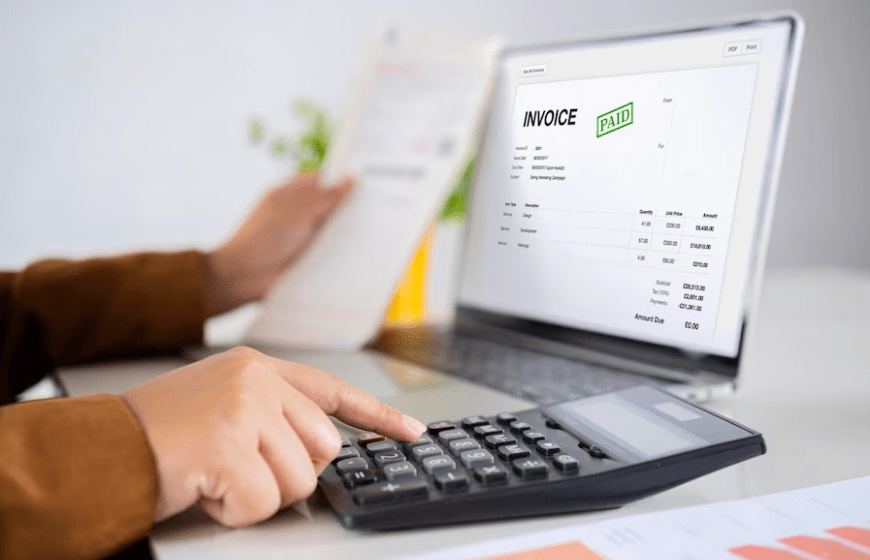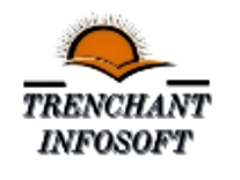
E-invoicing, short for electronic invoicing, is the process of generating, transmitting, and receiving invoices electronically in a structured digital format. E-invoicing aims to automate and streamline the invoicing process, reducing manual effort, improving accuracy, and enhancing business-to-business (B2B) communication. E-invoicing systems are designed to adhere to specific standards and protocols to ensure consistency and interoperability across different businesses and industries.
Key Aspects of E-Invoicing:
- Structured Data Format: E-invoices are created in a standardized digital format, often using formats such as XML, JSON, or EDI (Electronic Data Interchange). This structured format enables seamless data exchange between systems.
- Automation: E-invoicing eliminates manual data entry by allowing systems to generate invoices directly from transaction data. This reduces errors and accelerates the invoicing process.
- Real-Time Exchange: E-invoices are transmitted electronically, enabling real-time exchange of invoices between the sender and the recipient. This can lead to faster payment cycles.
- Data Accuracy: Since e-invoices are generated electronically, the likelihood of errors due to manual data entry is significantly reduced.
- Compliance: E-invoicing systems can be designed to adhere to legal and regulatory requirements, such as tax laws and reporting standards.
- Integration: E-invoicing systems can be integrated with accounting, ERP, and procurement systems, ensuring seamless flow of data across different business functions.
- Reduced Paper Usage: E-invoicing promotes sustainability by reducing the need for paper-based invoices, leading to cost savings and environmental benefits.
- Automated Workflows: E-invoicing can be integrated into existing approval workflows, ensuring that invoices are processed efficiently and in compliance with internal policies.
Benefits of E-Invoicing:
- Efficiency: E-invoicing automates the invoicing process, leading to faster creation, delivery, and processing of invoices.
- Cost Savings: E-invoicing reduces the costs associated with paper, printing, postage, and manual data entry.
- Faster Payments: The real-time nature of e-invoicing can lead to faster invoice approval and payment cycles.
- Improved Accuracy: Automation reduces the chances of errors, ensuring accurate invoice data.
- Better Cash Flow: Quicker invoice processing means faster payments, improving cash flow for both the sender and the recipient.
- Enhanced Visibility: E-invoicing provides better visibility into the status of invoices, from creation to payment.
- Reduced Environmental Impact: E-invoicing contributes to a paperless office environment, reducing the carbon footprint.
E-invoicing can be implemented using various methods, including through dedicated e-invoicing platforms, integration with existing accounting or ERP systems, or even using government-mandated e-invoicing portals in some countries. The specific implementation method depends on the business’s requirements and the regulatory environment.
It’s important to note that e-invoicing practices and regulations can vary from country to country. Businesses should ensure that their e-invoicing processes align with the legal and regulatory requirements in their respective regions.
